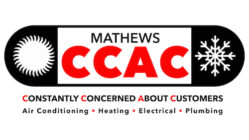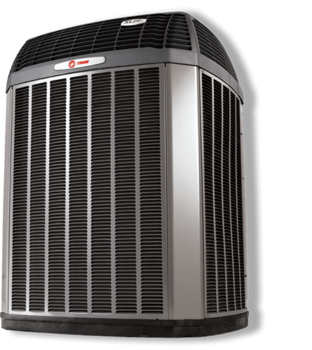Fires associated with an HVAC system are very rare, but they do occur. It’s important to know how and why fires start with any appliance, but since much of the workings of your HVAC unit are out of sight, it may be difficult to pin down a potential source of a fire. Your first order of business is to switch off the main breaker that powers the system and call for help.
Following are three ways HVAC fires can occur.
Electrical Fires
Your HVAC system is connected to the thermostat by electrical wiring. Although the wiring will vary depending on the kind of system you have, in general, with central heating and cooling, wires go to the fan, the heating unit, and the compressor. There may also be what’s called a common wire to the transformer. You should never mess around with this wiring unless you are an electrician.
The wiring should be checked twice a year, during spring and fall maintenance, to ensure it is not loose or frayed. Replacing worn wires and reattaching loose connections can prevent HVAC fires.
When installing newer thermostats to older systems, it can be challenging for a novice to make the right connections.
Clutter Around the Furnace
The blower and the furnace are typically stuffed into a closet in a hall or into spaces in the attic or basement. Homeowners sometimes allow clutter to accumulate next to the equipment. This is not a good idea, whether your furnace is electrical or gas-powered. It’s not impossible that sparks from the furnace could ignite flammable articles. With gas-powered furnaces, there’s also the risk of gas leaks causing fires. Keep old rags, boxes, and cleaning products well away from your furnace.
Faulty Gas Connections
If your unit is powered by gas, there is a potential for gas leaks. The leaking fuel could come into contact with super-heated elements inside the unit, causing HVAC fires. Leaks also occur with faulty connections between the unit and the entrance point of the gas.
For more on HVAC fires, contact CCAC of Corpus Christi.












